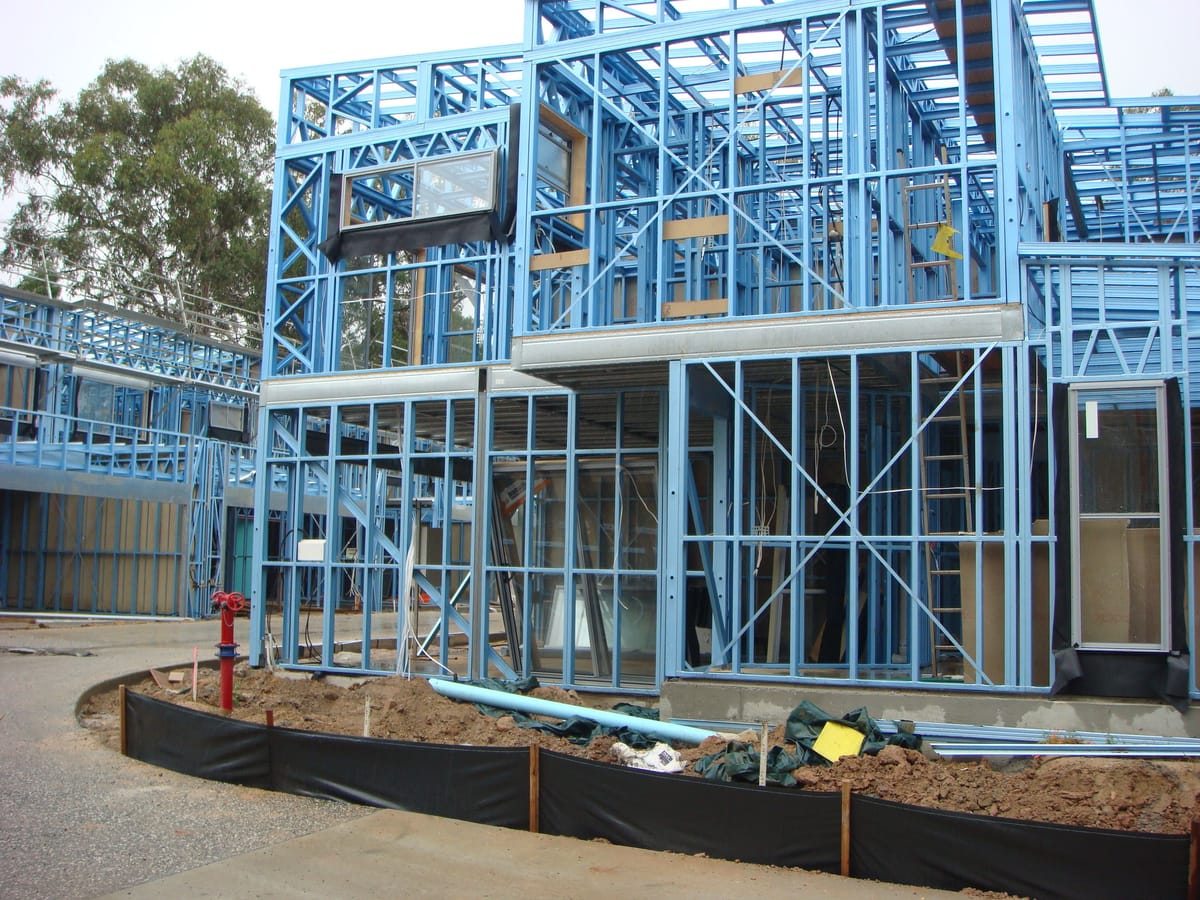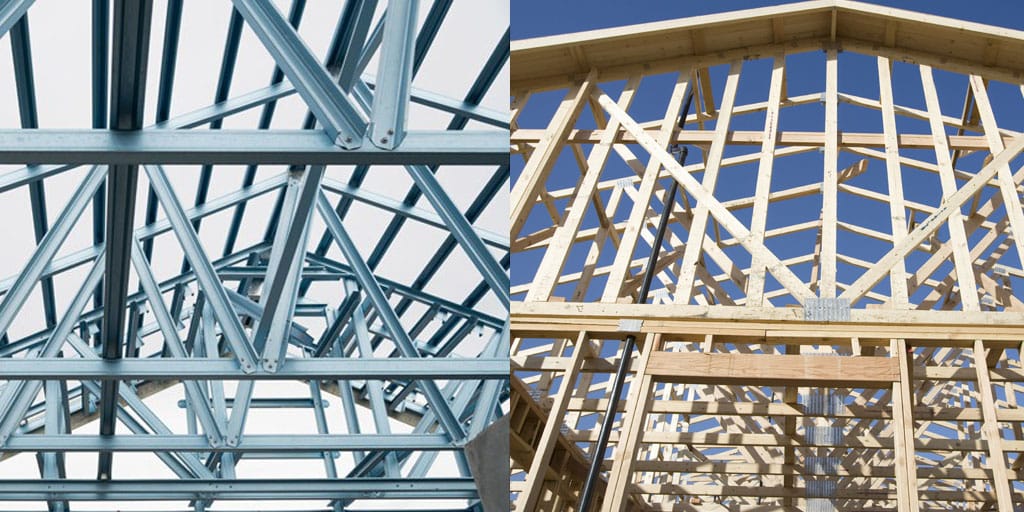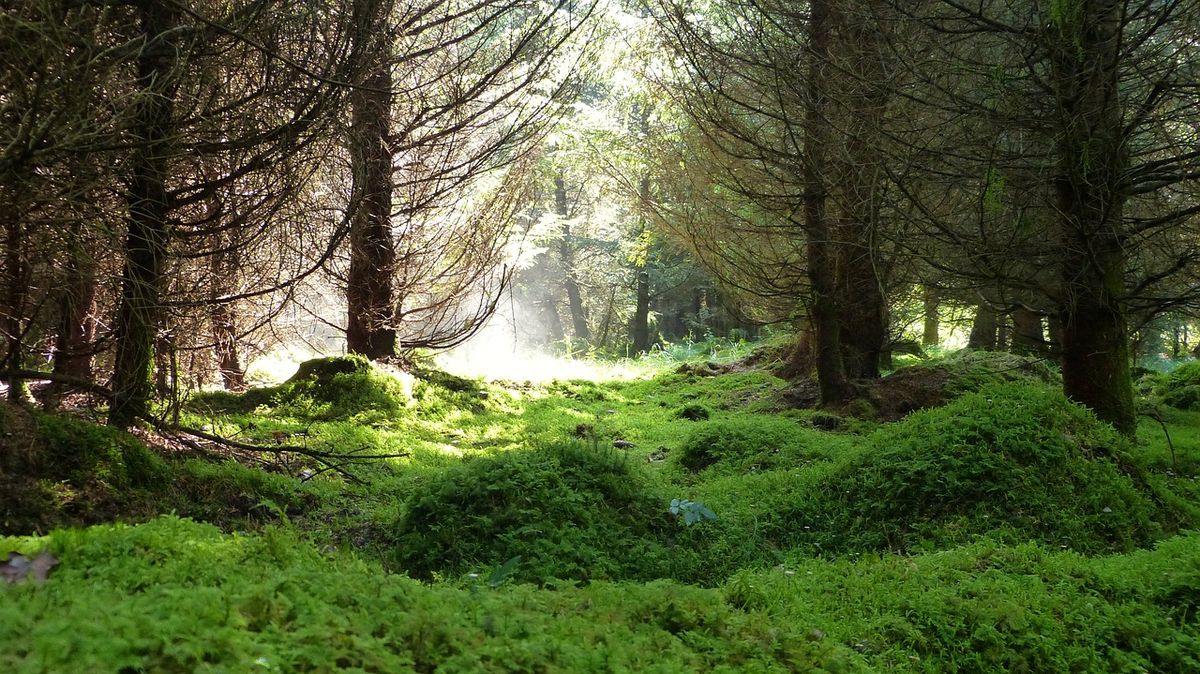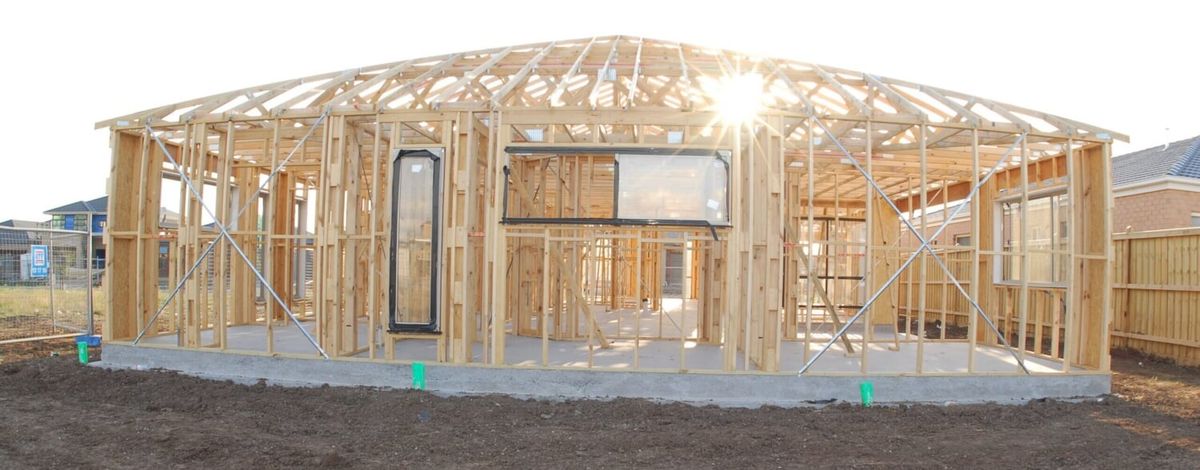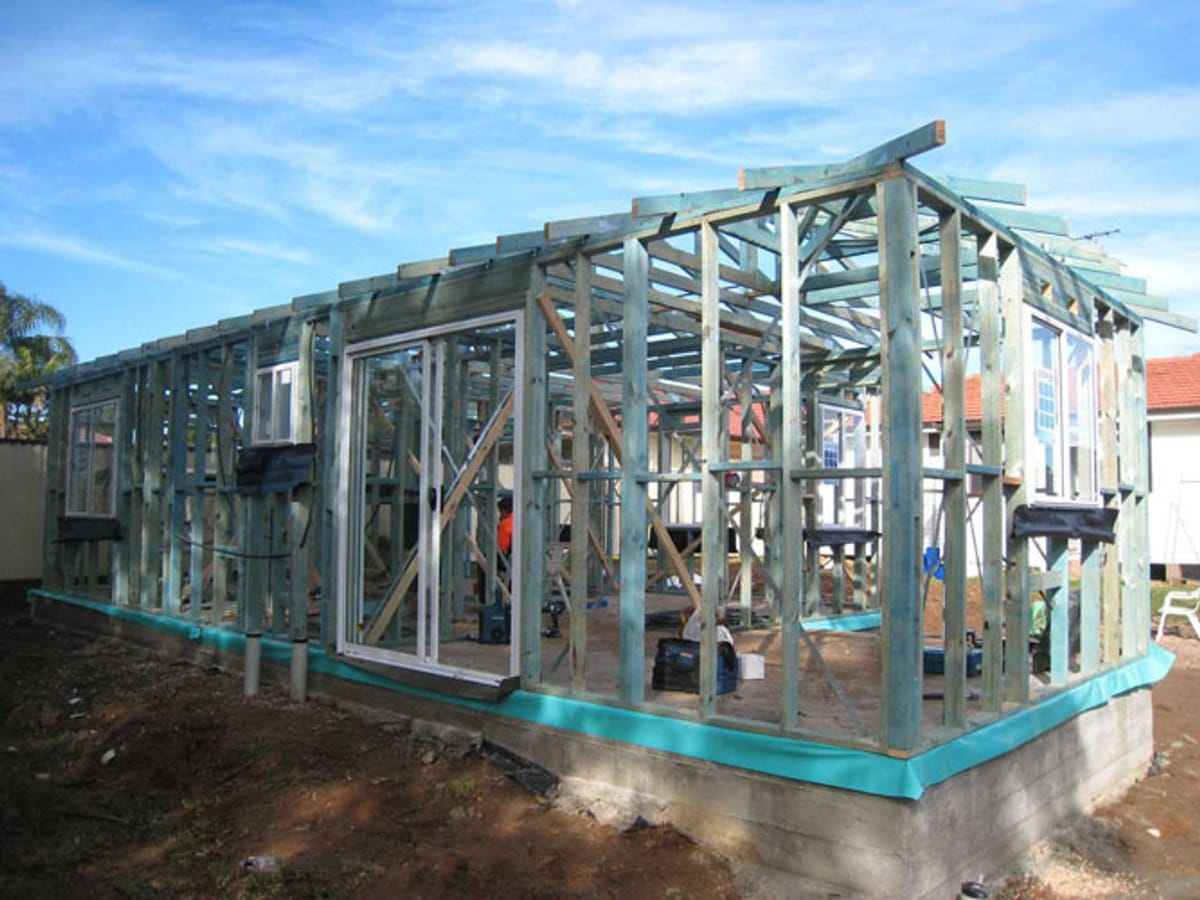Introduction
Pest control is a critical aspect of maintaining a healthy and safe living environment in Australia, where the unique climate and diverse ecosystems can often lead to significant pest challenges. From termites to rodents, pests can cause extensive damage to homes if not properly managed.
In this post we look into the importance of pest control in residential construction, common pests in Australian homes, preventive measures during construction, and ongoing pest management strategies.
Importance of Pest Control in Residential Construction
Pest control is not just about eliminating nuisances; it's about protecting the structural integrity of a home and ensuring the health and safety of its occupants. Pests like termites, for example, can cause severe damage to wooden structures, potentially leading to costly repairs. Moreover, pests can pose health risks by spreading diseases and allergens.
Integrating pest control measures during the construction phase can prevent future infestations and save you from significant expenses and health issues.
Common Pests in Australian Homes
- Termites: Termites are arguably the most notorious pests in Australian homes. They feed on wood and can cause significant structural damage if left unchecked. Subterranean termites, in particular, are common and can go undetected for years.
- Rodents: Rats and mice are common in Australian households. They can chew through electrical wiring, insulation, and wood, and are known carriers of various diseases.
- Cockroaches: These resilient pests thrive in warm, humid environments and can spread bacteria and allergens, leading to health issues.
- Ants: While generally less harmful, ants can become a nuisance and contaminate food supplies.
- Spiders: Australia is home to many species of spiders, some of which are venomous. Although they often help control other insect populations, their presence in homes can be alarming.
- Mosquitoes: Known for their itchy bites, mosquitoes can also transmit diseases such as Ross River virus and Dengue fever.
Preventive Measures During Construction
- Site Preparation: Proper site preparation can significantly reduce the risk of pest infestations. Clearing vegetation and debris from the construction site removes potential nesting areas for pests.
- Building Design: Incorporating pest-resistant design elements can help prevent infestations. For example, using concrete slabs with termite barriers and avoiding wood-to-ground contact can deter termites. Composite decking materials instead of timbers are also handy in reducing moisture retention, rot and mould. Just make sure they are code marked (read more about that by clicking the link below this section).
- Materials and Treatments: Using treated timber and other pest-resistant materials can provide long-term protection against termites and other pests. Additionally, applying insecticides or termite-resistant coatings to wooden structures can be beneficial.
- Sealing Entry Points: Ensuring that all potential entry points for pests are sealed during construction is crucial. This includes gaps around windows, doors, and utility lines.
- Drainage and Ventilation: Proper drainage and ventilation reduce moisture levels, which can attract pests like termites and cockroaches. Installing drainage systems and ensuring adequate airflow in crawl spaces can help maintain a dry environment.

Check this before you buy especially if you have a new build with a certifier involved.
Ongoing Pest Management Strategies
- Regular Inspections: Regular pest inspections by professionals can help detect early signs of infestations. Annual termite inspections are particularly important in Australia due to the high risk of termite damage.
- Environmental Management: Maintaining a clean and clutter-free environment both inside and outside the home can reduce the risk of pest infestations. This includes proper waste management, trimming vegetation, and eliminating standing water sources.
- Pest-Proofing: Regular maintenance to seal any new gaps or cracks in the building's structure can help keep pests out. This includes repairing damaged screens on windows and doors and sealing gaps around plumbing and electrical installations.
- Chemical Treatments: In some cases, chemical treatments may be necessary to manage pests. This can include baiting systems for termites, rodent traps, and insecticides for other pests. It is important to use these treatments responsibly and in accordance with local regulations.
- Biological Control: Encouraging natural predators of pests can be an effective and eco-friendly pest control strategy. For example, promoting the presence of birds, spiders, and beneficial insects in the garden can help control pest populations.
Case Study: Termite Management in New Construction
Let's take a closer look at a hypothetical case study to illustrate the importance of termite management in new residential construction.
Project Overview
A new residential development in Queensland is being constructed in an area known for its high termite activity. The developers are committed to ensuring that the homes are protected from termite infestations from the outset.
Measures Implemented
- Site Assessment: A thorough site assessment was conducted to identify potential termite hotspots. This included soil testing and vegetation analysis.
- Termite Barriers: Physical termite barriers were installed during the construction of the concrete slabs. These barriers included stainless steel mesh or chemical impregnated physical barrier and chemically treated zones.
- Treated Timber: All wooden components used in the construction were treated with a termite-resistant solution to provide long-term protection (see our treated pine blog post link in the further reading section below).
- Regular Monitoring: A monitoring system was set up to detect any termite activity early. This system included bait stations placed around the property and regular inspections by pest control professionals. Checking the home for moisture
- Home owner Education: The developers provided home owners with information on maintaining termite protection, including tips on landscaping and home maintenance.
Outcome
By implementing these preventive measures, the development has remained termite-free for five years, saving home owners from potentially costly repairs and ensuring peace of mind.
The Role of Home owners in Pest Management
While integrating pest control measures during construction is crucial, home owners also play a significant role in maintaining a pest-free environment. Here are some tips for home owners:
- Landscaping: Keep vegetation, especially wood-based mulch, away from the home's foundation. Trim trees and shrubs regularly to prevent them from touching the house. Ensure water is graded away from the entire house perimeter to at least 1:50 (1cm for every 50cm in width away from the external wall).
- Moisture Control: Fix any leaks and ensure proper drainage around the home. Use dehumidifiers in areas prone to moisture build up.
- Food Storage: Store food in sealed containers and clean up spills promptly to avoid attracting pests like ants and cockroaches.
- Waste Management: Dispose of garbage regularly and keep bins clean. Ensure that compost piles are managed properly to avoid attracting rodents and insects.
- Regular Maintenance: Conduct regular home maintenance to seal any new entry points for pests. This includes repairing damaged screens, sealing cracks, and maintaining the roof and gutters.
Conclusion
Pest control is an important aspect of residential construction and ongoing home maintenance. By incorporating preventive measures during the construction phase and adopting proactive pest management strategies, you can protect your investment and ensure a safe, healthy living environment.
Understanding the common pests in your home environment and how to effectively manage them can save you significant headaches and expenses in the long run. Whether you are building a new home or maintaining an existing one, prioritising pest control is important for long-term comfort and safety.
Further Reading

A list of our home owner termite resources

